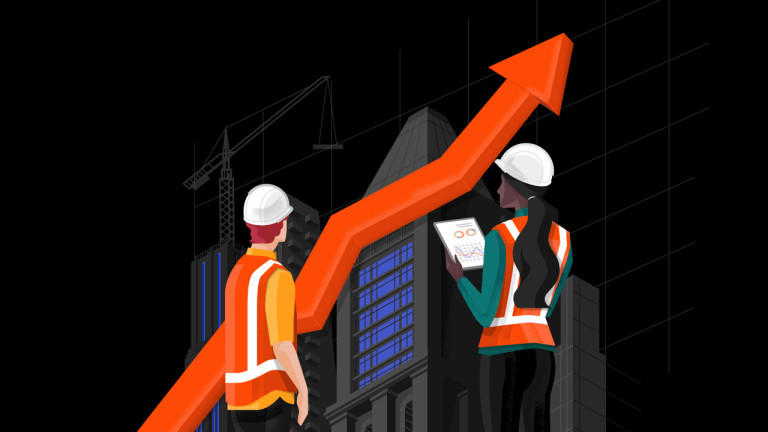What Does A Construction Site Inspection Entail?
Progress Inspections
A construction site inspection checklist is essential in the planning phase of a construction project as it ascertains compliance with project requirements. Once the project has broken ground, progress inspections become part of the job site’s daily routine to guarantee these requirements are met.
Depending on the project size, progress inspections are conducted by one or more individuals across several trades. If a specific aspect of the project requires additional input, specialist inspectors may be brought in to perform inspections on things like the environmental policy, waste management plan and accessibility.
Quality Inspections
Quality control inspections ensure the finished construction work meets the quality standards set in place. Quality inspections also make sure that the project complies with all the specifications and quality requirements listed in the contract documents. Quality inspections include regular site walkthroughs, and they typically result in a monthly quality report that identifies issues and monitors progress.
Building Regulation Compliance Inspections
By carrying out building regulation inspections, builders ensure that performed work is going to be approved by the local authority’s building control department or by an approved inspector. Depending on the details of the project, these building regulation inspections vary in number and frequency.
These inspections most often occur during:
Commencement
Excavation, (before excavations are filled)
Foundations (before they are covered up)
Laying of damp proof courses
Installation of new drains (before covering up)
Construction of the primary structure
Installation of insulation
Roof construction
Completion
When Does A Construction Site Inspection Occur?
Pre-Construction
While most construction site inspections are conducted during the construction phase, they can begin in pre-construction. Pre-construction inspections survey the property condition and neighbouring areas before construction begins. Pre-construction site inspection checklists may consist of checks on planning permissions, conditions and obligations to ensure compliance with local authorities.
During The Project
As the term suggests, construction site inspections most often occur on the construction site. The project scope, budget and programme are the primary measures of quality during a construction project.
Project Close Out
The final inspection and construction close out process consists of site walkthroughs verifying everything has been completed in accordance with the contract documents. Once confirmed, the building is ready for its intended use or occupancy. This means the snag list has been completed, and submittals, lien waivers, warranties, close out documentation, manuals and as-builts have been turned over to the owner and verified for completeness.
Construction Site Inspection
Checklist for Construction Site Inspection
Inspections of work progress compliance with plan and specifications
Inspections of work quality and compliance standards and specifications
Inspections of paints and coatings
Site testing and materials sampling of soils, concrete and asphalt, etc.
Review and completion of variation/s
Inspections of materials delivered and used
Performing semi-final and final inspections upon building completion
Preparation of snag list/s and monitoring of completion works
Handover inspection for smooth project close out
Use Construction Site Inspection Software
Construction site inspection software can help improve your construction site inspection processes. Digital construction site safety inspection forms facilitate documentation, tracking and collaboration. With a construction site inspection app, your teams can build out, manage and maintain your company-wide inspection library. Standardisation also allows you to baseline your current processes, identify problems and improve your overall quality and safety programme.
Conclusion
Risk is part of every construction project. Construction site inspections help mitigate some of that risk by providing a process that allows teams to deal with human error and unforeseen changes that occur throughout the project. Having a refined checklist for construction site inspections will help drive successful completion of the project and provide visibility into areas for improvement. That way, teams can stay ahead of safety issues and leave risk behind.




